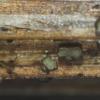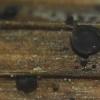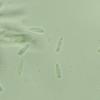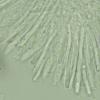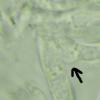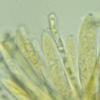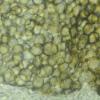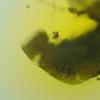
29-08-2025 05:16
 Francois Guay
Francois Guay
I think I may have found the teleomorph of Dendros

29-08-2025 19:04
Thomas FlammerSpores 21.2 - 26.2 x 8.3 - 11.3 µm - Q: 2.20 - 2.

28-08-2025 17:24
Thomas FlammerI know, that this is not the real topic of this fo

27-08-2025 12:02
Pavol PaloHello dear friendsI would like to ask for sharing

25-08-2025 17:37
 François Freléchoux
François Freléchoux
Bonjour,Nous avons trouvé samedi dernier à l'ét

20-08-2025 19:04
Ethan CrensonHello, This asco was found on the same wood as my
This one was growing on a dead Polygonatum odoratum stem. There were both pale and black apos on the same stem and I think both are of the same species. The dark one's spores were slightly narrower and the oil content seemed to be a bit higher but no big difference. Both gave a vivid yellow KOH reaction.
In Gminder's key there's M. polygoni with a negative KOH reaction and M. ?polygoni with a clearly yellow reaction.
Pyrenopeziza polygoni is apparently a synonym but wouldn't the VBs and yellow reaction speak for Mollisia? That is, if this is that species. Any thoughts?
Spore measurements:
(7.6) 7.8 - 9.3 (9.7) × (2.1) 2.2 - 2.4 (2.6) µm
Q = (3.4) 3.43 - 4.2 (4.4) ; N = 15
Me = 8.7 × 2.3 µm ; Qe = 3.9


